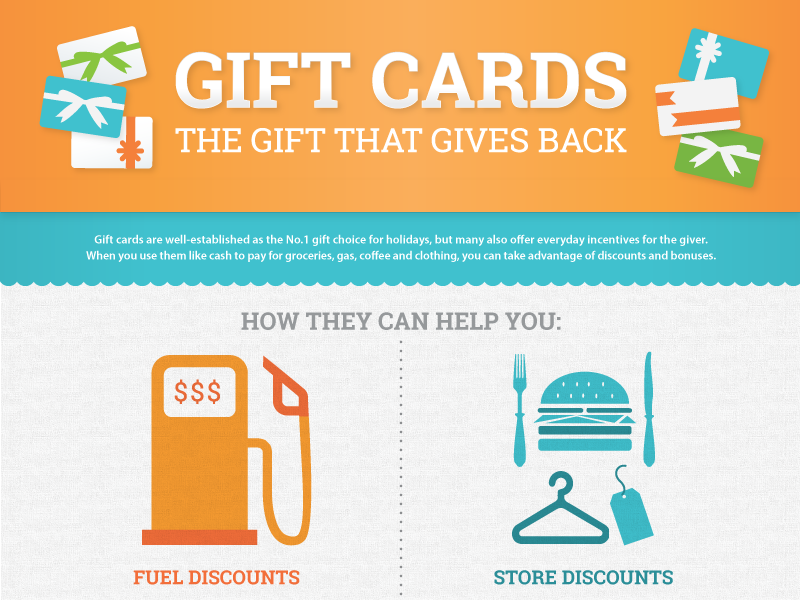Laser engraving on glass can add vivid, tailored styles to a range of products. This flexibility is just one of the main advantages of laser innovation over other engraving strategies.
Before you etch your glass items with the laser, recognize a couple of usual issues that can occur. These suggestions will certainly assist you attain the most effective outcomes possible.
How Laser Engraving Works
Laser engraving is a popular technique for etching and customizing products. It is a procedure that can be done on a variety of products, consisting of glass, timber and steel. Laser inscribing equipments can produce very detailed designs, with fine lines and precise cuts. Using this technique, you can create customized awards and other products that are sure to impress.
To achieve the desired results, first, you will certainly require to conceive the layout. This will certainly aid you to determine what sort of picture or message you wish to etch on the surface. Then, you will need to convert your principle right into an electronic visuals. This can be made with visuals style software application, such as Adobe Illustrator or Inkscape, and after that saved into a file layout that works with your laser engraver.
As soon as the inscribing data are prepared, it is time to start preparing the material for laser marking. This can be done by applying a black mask that is designed especially for laser usage. The dark shade of the mask shows laser light, and assists to reduce any heat that would certainly or else harm the surface.
Limiting Chipping
When the laser light beam strikes the surface area of glass it promptly heats up the material up. The sudden heating creates tiny fractures to the surface. The cracks and cracks produce the appearance of engraving, etching or frozen glass.
The differing structures of different types of glass can influence just how the product reacts to the laser. It is important to carefully examine your laser setups on a sample piece of glass prior to beginning a job. Precise emphasis is likewise important for clean, regular outcomes.
To enhance the quality of your inscriptions attempt using a dark paper to protect the glass from the laser. The specialized dark paper has a layer that takes in the laser energy and allows the inscribing to occur. The dark paper can be removed as soon as the inscription is complete. It is additionally suggested to utilize a lower resolution and lower the amount of black in the graphics as this will help in reducing micro-fracturing. A Jarvis dithering pattern can likewise be applied to the visuals in the laser motorist settings to randomize and divide the dots of the style and further lower the amount of micro-fracturing.
Preparing the Surface
Laser noting on glass and plastic provides a wide range of useful uses, from product traceability (like day codes or lot numbers) to 3D noting within the material itself. It's also utilized for decoration and layout in industries like the automotive, food, and telecommunication markets.
Getting excellent results from laser engraving on glass depends partially on the preparation of the surface area. Keeping the product clean of dirt and grease aids the laser penetrate much deeper and far better. Covering up the surface area with a paper towel or newspaper a little larger than the engraving area can likewise lower the effects of heat on big locations, aiding to reduce chipping and enhance overall etching quality.
Layout and laser control software can additionally affect just how well the process functions. Programs like Adobe Illustrator or Corel Draw aid you create and customize your designs while programs like LightBurn or LaserGRBL manage the laser's settings.
Beginning
Laser engraving modern engraved glass trends on glass is quick and effective, producing a high-end look that boosts products and reinforces brand identification. While some may watch out for collaborating with this delicate product, a little time and patience will certainly help make sure beautiful outcomes.
Using an industrial laser, you can include decorative patterns, messages, or individualized designs to products like glass, bottles, pitchers, and more. The process is non-contact, lowering the danger of damage even on rounded or breakable surfaces.
To make best use of laser effectiveness, you'll intend to spend a long time trying out the settings for your certain equipment and glass type. Refining these setups will certainly minimize energy usage, improve general inscribing quality, and decrease the probability of mistakes or breakage. For instance, you can raise the resolution and decrease the black level of your graphics to make use of less laser power. Likewise, utilizing a Jarvis dithering pattern will certainly separate and randomize the dots in your graphics to even more lower laser heat usage.
